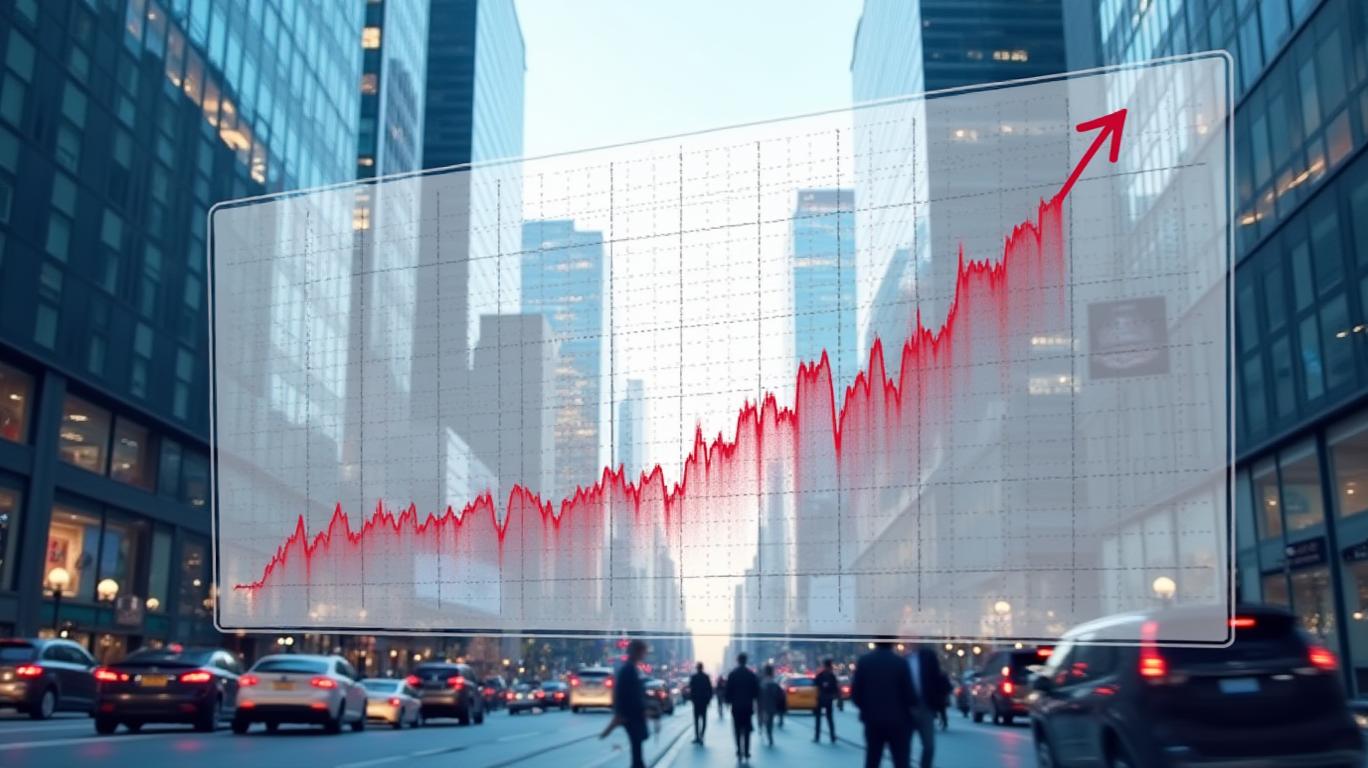U.S. GDP Decline and PCE Data Signal Tariff-Driven Inflation Surge: Position for the Coming Storm
The U.S. economy's first-quarter contraction and rising price pressures underscore a critical inflection point: tariffs are distorting trade flows now, but their full inflationary impact is yet to come. Investors who act now to position in tariffs-hedged industries and inflation-resistant sectors can capitalize on this transition.

The GDP Contraction: A Prelude to Inflation
The revised Q1 GDP report confirmed a 0.3% contraction, driven by a historic 41.3% surge in imports—the largest jump since 1972. This wasn't a sign of economic strength but a symptom of companies stockpiling goods in anticipation of upcoming tariff hikes. Federal government spending fell sharply (-5.1%), while private inventory investment soared (7.8%). The data paints a clear picture: businesses are front-loading imports to avoid future cost spikes, artificially inflating trade numbers today but setting the stage for tighter supply chains—and higher prices—later.
Meanwhile, the PCE price index rose to 3.6% in Q1, with core inflation (excluding food/energy) at 3.5%. While April's PCE data (released May 30) showed a dip to 2.3% year-over-year, this masks the true picture. The decline was driven by falling energy prices, not core goods/services. The Federal Reserve's preferred measure—the core PCE—remains elevated, and the BEA's revisions suggest underlying inflationary pressures are stubbornly persistent.
Why Tariffs Will Ignite Inflation Next
The Q1 import surge is a temporary anomaly. Once tariffs take effect, businesses will face higher input costs, and the stockpiled goods will deplete. This will create two dynamics:1. Supply Chain Tightening: Post-stockpile, companies will struggle to source materials at pre-tariff prices, leading to cost pass-through to consumers.2. Trade Deficit Widening: With imports normalized and exports constrained by global demand, net exports—a GDP drag of 4.83% in Q1—could worsen, further squeezing growth.
The Fed's dilemma is clear: tolerate higher inflation to support growth or tighten policy, risking a deeper slowdown. Either path creates opportunities.
Investment Strategy: Play the Fed's Hand
1. Tariffs-Hedged Industries
Invest in companies insulated from tariff impacts or positioned to profit from supply chain reshoring.
- Automotive & Industrial: Firms like General Motors (GM) and Caterpillar (CAT) benefit from domestic manufacturing and U.S.-sourced parts.
- Semiconductors: Intel (INTC) and Texas Instruments (TXN), which rely on domestic chip production, avoid Asian tariff exposure.
2. Consumer Staples & Utilities
Defensive sectors thrive in inflationary environments.
- Procter & Gamble (PG) and Coca-Cola (KO) dominate branded staples, allowing price hikes without losing market share.
- Utilities: NextEra Energy (NEE) and Dominion Energy (D) offer stable cash flows tied to regulated rates.
3. Logistics & Supply Chain Plays
Companies enabling domestic production and reducing reliance on imports:
- Werner Enterprises (WERN) and C.H. Robinson (CHRO) for transport efficiency.
- 3M (MMM) for diversified materials that avoid tariff-heavy regions.
The Fed's Tightrope: Timing the Move
The April PCE data's dip to 2.3% may give the Fed pause, but core inflation's persistence (3.5% in Q1) means rate cuts are unlikely this year. Investors should prepare for a prolonged period of policy uncertainty.
Conclusion: Act Before the Inflation Wave Crashes
The Q1 GDP decline and PCE trends are not endpoints—they're waypoints in a journey toward higher inflation post-tariff. Investors who act now to buy tariffs-hedged equities and inflation-resistant sectors can secure gains as markets recalibrate. The Fed's next move may be delayed, but the writing is on the wall: prepare for volatility and position for resilience.
Now is the time to place bets on companies that can weather tariffs and inflation—and profit from them.

Comments
No comments yet